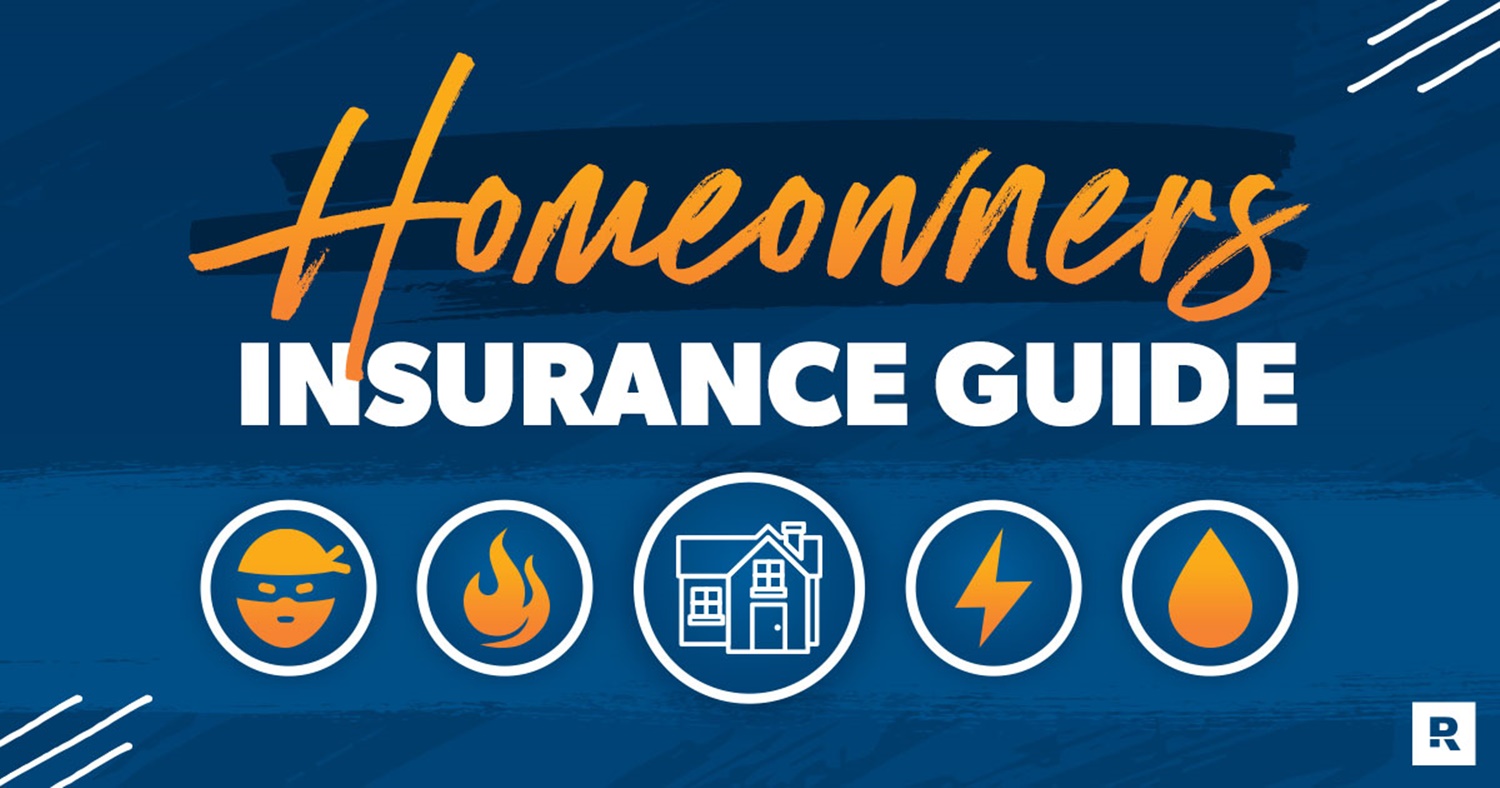How to get the best mortgage rate? – With rising interest rates, getting the best possible mortgage rate is more important than ever. Your mortgage rate influences both your monthly payment and how much money you’ll pay overall during the term of your loan.
Your loan’s interest rate depends on many factors, including your down payment, credit score, the value of the home you’re buying, the time period of your loan, and more. We’ll break down what you need to know to land the lowest rate.
How to get the best rate on your next mortgage
As you consider your options for your next mortgage, it’s a good idea to set yourself up as best you can to ace the loan application and score the lowest rate.
“There are three pillars: your credit score, your income (which is converted to a debt-to-income ratio) and your assets,” explains Josh Moffitt, president of Silverton Mortgage in Atlanta.
To secure the best possible rate, follow this seven-step process.
- Improve your credit score
- Build a record of employment
- Save up for a down payment
- Understand Your Debt-to-income Ratio
- Go for a 15-year fixed-rate mortgage
- Comparison-shop among multiple lenders
- Lock in your rate
1. Improve your credit score
A lower credit score won’t automatically bar you from getting a loan, but it can be the difference between getting the lowest possible rate and being hit with more costly borrowing terms.
“A credit score is always an important factor in determining risk,” says Valerie Saunders, vice president of the National Association of Mortgage Brokers (NAMB). “A lender is going to use the score as a benchmark in deciding a person’s ability to repay the debt. The higher the score, the higher the likelihood that the borrower will not default.”
The best mortgage rates go to borrowers with the highest credit scores, usually 740 or above. In general, the more confident the lender is in your ability to repay on time, the lower the interest rate they’ll offer.
To improve your score, pay your bills on time and pay down or eliminate those credit card balances. If you must carry a balance, make sure it’s no more than 20 percent to 30 percent of your available credit limit. Also, check your credit score and report regularly and look for any mistakes on your report. If you find any errors, work to clean them up before applying for a mortgage.
2. Build a record of employment
You’re more attractive to lenders if you can show at least two years of steady employment and earnings, especially from the same employer. Be prepared to show pay stubs from at least the 30-day period prior to when you apply for your mortgage and W-2s from the past two years. If you earn bonuses or commissions, you’ll need to provide proof of that, as well.
It can be more difficult to qualify if you’re self-employed or your pay is coming from multiple part-time jobs, but not impossible. If you’re self-employed, you might need to furnish business records, such as P&L statements, in addition to tax returns, to round out your application.
What if you’re a graduate just starting your career, or back in the workforce after time away? Lenders can usually verify your employment if you have a formal job offer in hand, so long as the offer includes what you’ll be paid. The same applies if you’re currently employed but have a new job lined up. Lenders can flag your application if you’re switching to a completely new industry, however, so keep that in mind if you’re making a major change.
Gaps in your work history won’t necessarily disqualify you, but how long those gaps are matters. If you were unemployed for a relatively short time due to illness, for instance, you might be able to simply explain the gap to your lender. If you’ve been unemployed for longer, though — six months or more — it can be tough to get approved.
3. Save up for a down payment
Putting more money down can help you obtain a lower mortgage rate, particularly if you have enough liquid cash to fund a 20 percent down payment. Of course, lenders accept lower down payments, but less than 20 percent usually means you’ll have to pay private mortgage insurance, which can range from 0.05 percent to 1 percent or more of the original loan amount annually. The sooner you can pay down your mortgage to less than 80 percent of the total value of your home, the sooner you can get rid of mortgage insurance, reducing your monthly bill.
4. Understand your debt-to-income ratio
Your debt-to-income (DTI) ratio compares your debt to how much money you make. Specifically, it compares your total monthly debt payments against your gross monthly income.
In general, the lower your DTI ratio, the more appealing you are to lenders. A low DTI means you can likely afford a new loan payment without stretching your budget. The higher your DTI, the more of your income you’re putting toward loan payments, making affording more debt harder.
A popular rule of thumb for lenders is to avoid mortgages that will require a payment of more than 28 percent of your gross monthly income. Your overall DTI should remain below 36 percent.
So, if you make $5,000 per month, you’ll want a mortgage payment of no more than $5,000 * .28 = $1,400 and want to ensure your mortgage payment plus other debt payments remains below $5,000 * .36 = $1,800.
The maximum DTI for a conventional loan is 45 percent and the maximum for FHA loans is 43 percent. However, there can be some exceptions if you meet certain requirements, such as having significant savings.
5. Consider a 15-year fixed-rate mortgage
While 30-year fixed mortgages are common, if you think you’ve found your long-term home and have good cash flow, consider a 15-year fixed-rate mortgage to pay off your home sooner. You can also go for a 15-year term if you’re refinancing your current mortgage. The benchmark 15-year fixed mortgage rate is currently 4.870%, according to Bankrate’s national survey of lenders.
Learn how to refinance your mortgage and if it’s a good option for you with our free course
6. Comparison-shop among multiple lenders
When searching for the best mortgage rate, even for a refinance, do the necessary research to make sure you’re getting the best fit for your situation. Don’t accept the first rate you’re quoted — it pays to shop around. According to one study, borrowers saved $1,500 on average getting just one additional rate quote, and $3,000 on average getting five.
Look beyond your bank or credit union, talk to multiple lenders and explore options online.
“Shop and compare based on the loan estimates received,” Saunders says. “You wouldn’t normally purchase a car without test driving it first. Test drive your loan before proceeding with your purchase.”
7. Lock in your rate
Sometimes the closing process takes several weeks, a period in which rates can fluctuate. After you sign the home purchase agreement and have secured your loan, ask your lender to lock in your rate. The service sometimes comes with a fee, but it often pays for itself, especially in a rising rate environment.
Next steps
Once you’ve found the best loan offer and rate and applied for the loan, you’re one step closer to getting your next mortgage. Here is an overview of what you can expect:
Within three days of applying, you’ll get a loan estimate, which spells out the details of the mortgage. This includes a list of closing costs, but these are only estimates at this point, not the final numbers. If you have any questions about what’s in your loan estimate, you can ask your lender for clarification at this time.
Your lender’s underwriting department will review your application to determine whether to approve your mortgage. During this time, you might be asked to provide more documentation or answer questions, so be prepared and responsive. Maintain your financial and employment situation, too — don’t apply for any new credit, make a large purchase or switch jobs, if you can help it.
If your mortgage is approved, you’ll be on your way to closing. If your loan is denied, it’s important to find out what influenced the decision. Generally, you can reapply for another mortgage with another lender as soon as you want to, but it might make sense to wait for a time so you don’t harm your credit.
As you near your closing date, you’ll be given a closing disclosure with the finalized loan terms, including your interest rate, and closing costs. If you locked in a low rate, be sure the rate in this document matches what you were originally quoted. Keep in mind rate locks usually only apply for a period of time, so it’s best to work with your lender to avoid delays on the road to closing.


